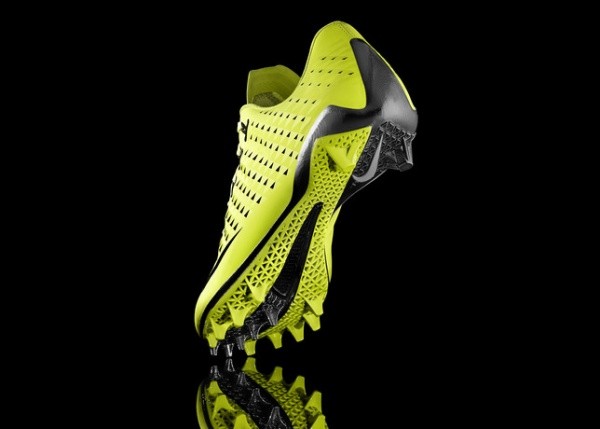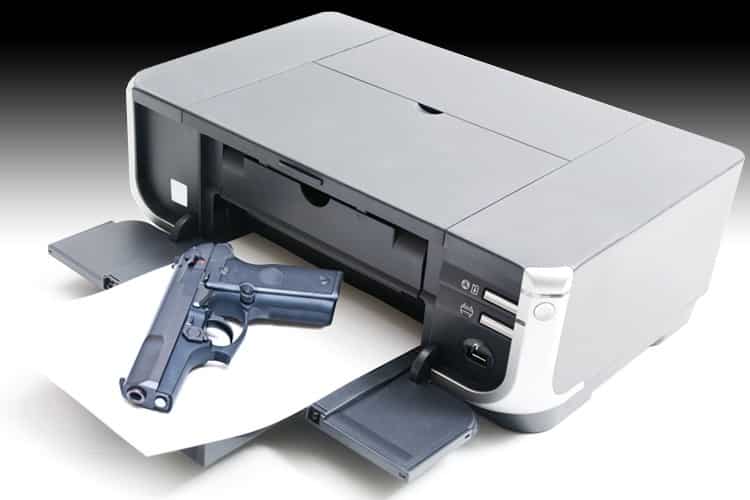3D printing is quickly unsettling and transforming the manufacturing, production and design industries through revolutions of Selective Laser Sintering technology that enables users to design, download and print models of everyday objects. Also known as additive manufacturing, 3D printing uses a specially engineered composite material that starts out as a powder and then solidifies once a binder material is added. Solid objects are then created from a digitally scanned model as melted plastic runs down successive layers to replicate the material and object. The process is eerily similar to this scene in Small Soldiers and uses intense heat and precision to extrude plastic, like a glue gun through a single layer at a time until the object is successfully replicated. The replicated objects, though, are made of ABC plastic and are functional, but in some cases easily breakable and unusable.
Although 3D printing is still in its early stage of development, leading IT research and advisory company Gartner recently advised companies to invest in the emerging technology to ensure future productivity and revenue. “3D printing is a technology accelerating to mainstream adoption,” Gartner research director Pete Basilliere said. “We see 3D printing as a tool for empowerment, already enabling life changing-parts and products to be built in struggling countries, helping rebuild crisis-hit areas and leading to the democratization of manufacturing.”

3D printers are priced so that large companies like GE and Nike and small businesses can invest and begin experimenting with them, but Gartner additionally estimated that 3D printers will be available for under $2,000 by 2016 making them accessible to civilians and citizens. By 2020, a 3D printer may become a common household item like a dishwasher, oven and computer and eliminate the need to leave the home in order to go shopping. But until 3D printing becomes affordable and attracts a demand in supply they will remain in the experimental phase and within the domain of manufacturing and production companies. Additive manufacturing is already established in commercial goods, automotive and fashion industries because of low risk and high reward in regards to capital and time, but this revolutionary technology may become detrimental to manufacturing and production jobs and calls into question patent laws and originality.
During his State of the Union addresses, President Barak Obama emphasized the potential of 3D printing and said it “has the potential to revolutionize the way we make almost anything.” Anything, except jobs that is. On the heels of the Great Recession, over 12 million Americans are still unemployed. 3D printing eliminates the human element and substitutes a machine to do all design and production work. It also threatens the traditional retail store and transforms the means of distribution.

Patent laws or not, 3D printing seems to be the sci-fi-like future for manufacturing, production and living. With financial accessibility of a 3D printer only years away Outlet malls and production lines will become a far off thought of the past as technology will continue to challenge and transform the ways people understand and live day-to-day in this world.
[sdonations]2[/sdonations]

